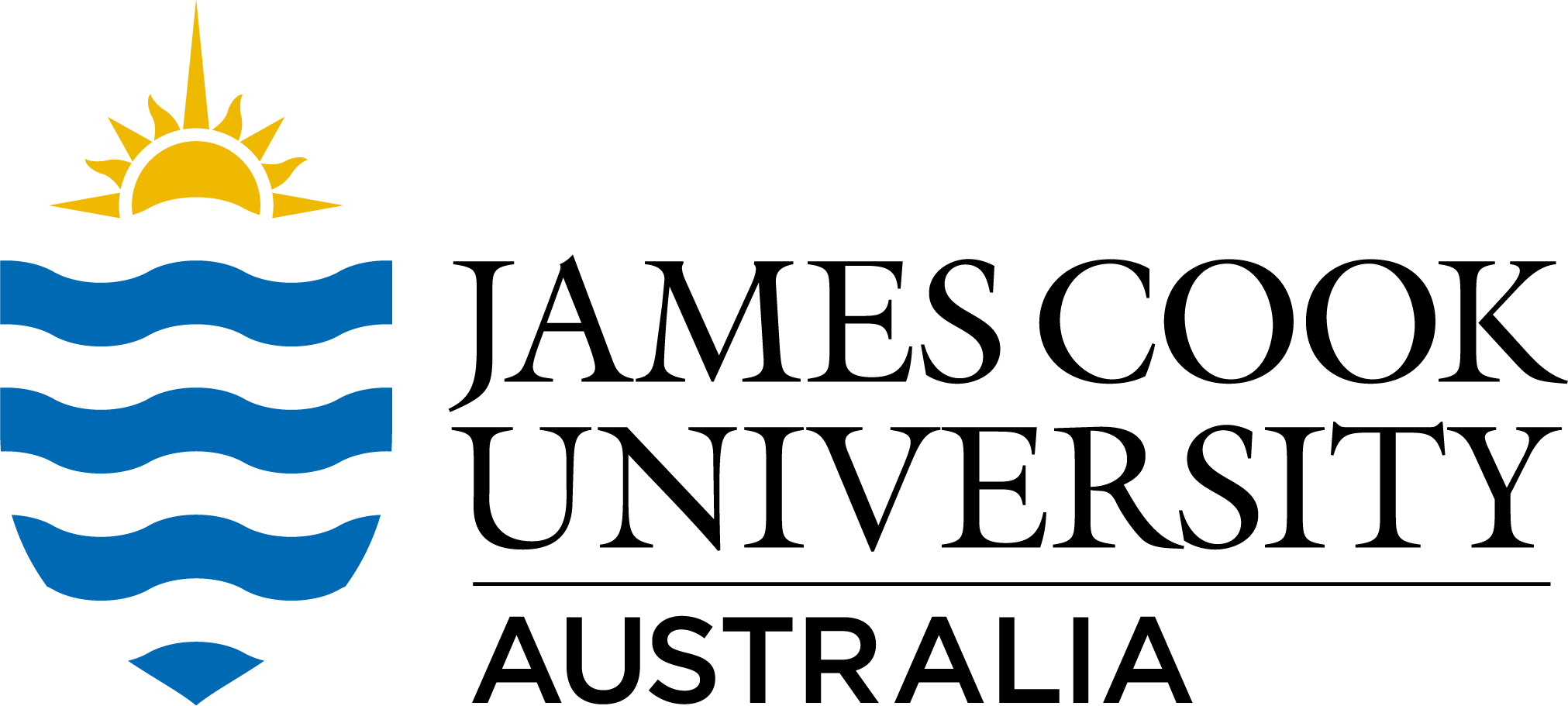Full description
This dataset consists of an ESRI shapefile showing genus richness counts of 3 macroalgal clades (Rhodophyta, Chlorophyta, Phaeophyceae) at 367 sites used in the analyses of Keith et al (2014)
Data extent: latitude 70S - 70N
Projection: World Equidistant Cylindrical.
Abstract [Related Publication]:
Aim: Marine macroalgae provide an excellent opportunity to test hypotheses about latitudinal diversity gradients because macroalgal richness decreases towards the tropics, contrary to classic patterns, and because three evolutionarily distinct macroalgal clades (Rhodophyta, Chlorophyta, Phaeophyceae) have converged ecologically. Specifically, we determine the extent to which environmental conditions can predict genus richness in macroalgae. We also evaluate whether the magnitude or direction of the effect of environmental factors, or their ability to explain variation in macroalgal diversity, varies geographically.
Location: Global oceans.
Methods: We formulated and fitted global spatial regression models and geographically weighted regression (GWR) models to determine the extent to which environmental conditions could predict genus richness in macroalgae. GWR allowed us to determine how the role of environmental conditions varied amongst geographical regions.
Results: The global regression model showed that sea surface temperature and nutrients were important predictors of macroalgal genus richness at a global scale. However, GWR revealed that environmental factors explained less variability in richness in the tropics than elsewhere.
Main conclusions: Our results show that whilst environmental conditions influence marine macroalgal diversity, the strength of this influence shows considerable geographical variation. In particular, environmental conditions explain more of the observed variation in diversity at high latitudes than at low latitudes. This finding is consistent with the hypothesis that environmental tolerances influence species distributions more strongly at high latitudes, whereas other factors, such as biotic interactions, play a more prominent role in the tropics.
The full methodology is available in the publication shown in the Related Publications link below.
Notes
This dataset is available from Figshare as an ESRI shapefile and PDF file (source reference list). Keith, Sally; P Kerswell, Ailsa; Connolly, Sean R (2013): Marine macroalgal genus richness [data used in Keith et al. 2014]. figshare. https://doi.org/10.6084/m9.figshare.801788.v1
Created: 2013-11-12
User Contributed Tags
Login to tag this record with meaningful keywords to make it easier to discover
- Local : researchdata.jcu.edu.au//published/8c7fd81bbba437c8e96986e2b6a79715
- Local : 504a52cd5babd49e8fb9ec1c70cd1d06


